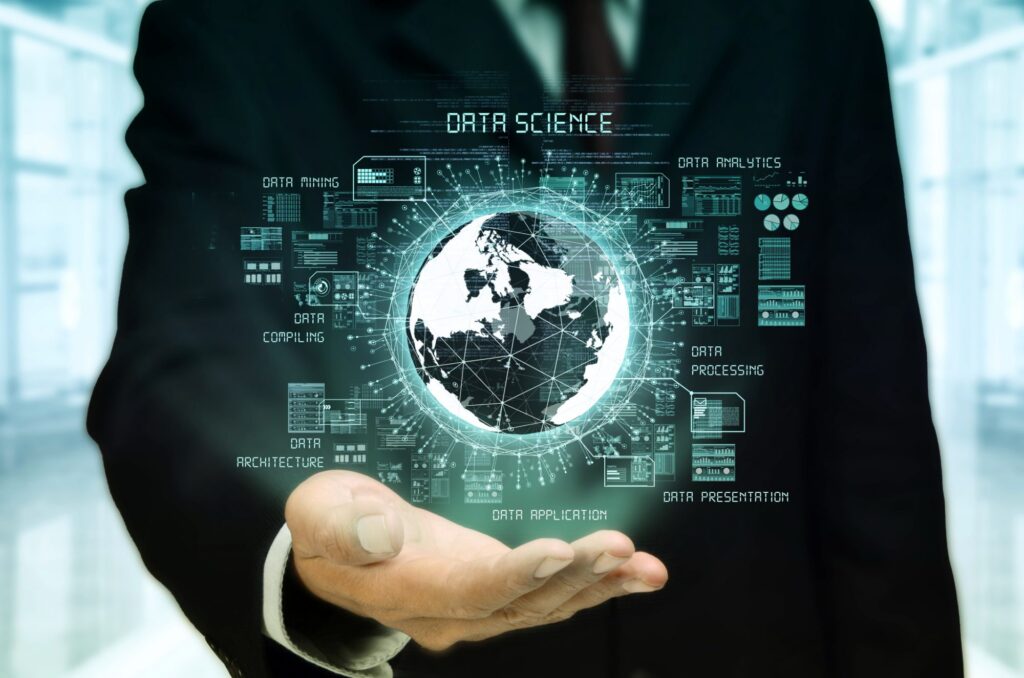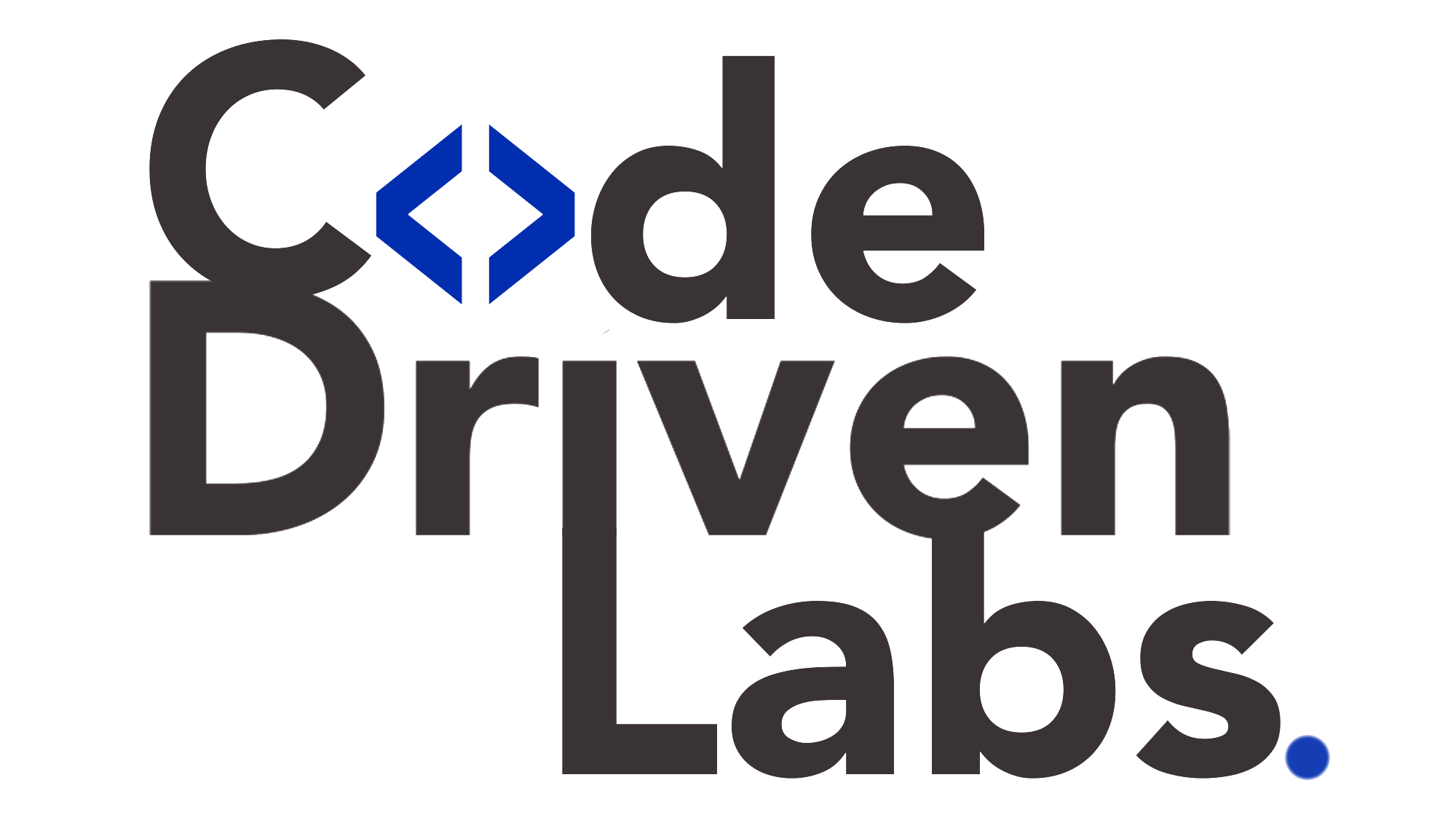Level up your business with US.
- Home
- From Raw Data to Business Impact: How Modern Data Science Drives Smarter Decisions
From Raw Data to Business Impact: How Modern Data Science Drives Smarter Decisions
August 8, 2025 - Blog
From Raw Data to Business Impact: How Modern Data Science Drives Smarter Decisions
In today’s competitive landscape, data is more than a byproduct of business operations — it is the foundation for strategic decision-making. However, raw data by itself is often messy, unstructured, and difficult to interpret. The real magic lies in transforming that data into actionable insights that drive measurable business impact.
Modern data science enables organizations to bridge the gap between information and execution, helping them make smarter, faster, and more accurate decisions. And now, with the rise of code-driven labs, this transformation process has become even more agile, scalable, and collaborative.

Understanding the Journey from Raw Data to Business Impact
The process of converting raw data into meaningful business outcomes typically involves multiple stages:
-
Data Collection – Gathering information from various sources such as transactional databases, IoT sensors, social media, CRMs, and more.
-
Data Cleaning & Preprocessing – Removing inconsistencies, handling missing values, and standardizing formats.
-
Exploratory Data Analysis (EDA) – Identifying patterns, correlations, and anomalies in the data.
-
Model Development – Using statistical models and machine learning algorithms to generate predictions or classifications.
-
Validation & Testing – Ensuring that the models perform accurately on new, unseen data.
-
Deployment & Monitoring – Integrating models into live business workflows and tracking performance over time.
-
Business Action – Translating insights into concrete steps that improve revenue, efficiency, or customer satisfaction.
Without a structured approach, this journey can be slow, error-prone, and difficult to repeat. This is where modern data science frameworks and code-driven labs make a significant difference.
The Role of Modern Data Science in Smarter Decision-Making
Modern data science is not just about analyzing historical data. It’s about enabling real-time decision-making, predictive insights, and automated actions. Here are some ways it drives smarter business decisions:
1. Turning Complexity into Clarity
Large datasets are often too complex for traditional analysis methods. Data science uses advanced algorithms to simplify and visualize complexity, allowing decision-makers to understand the bigger picture without getting lost in raw numbers.
2. Predictive Power
By applying machine learning models, businesses can forecast future trends, customer behavior, and potential risks. This allows proactive decision-making rather than reactive responses.
3. Optimization at Scale
Data science enables the fine-tuning of operations, marketing campaigns, supply chains, and pricing strategies to maximize ROI.
4. Personalization
From e-commerce recommendations to customized banking offers, data science personalizes the customer experience, increasing engagement and loyalty.
5. Evidence-Based Strategy
Instead of relying on gut feelings, organizations can make data-backed decisions with measurable outcomes, reducing uncertainty and improving consistency.
Common Challenges in Transforming Data into Decisions
Despite the promise of modern data science, organizations often face hurdles:
-
Data Silos – Isolated datasets across departments make it hard to build a unified view.
-
Quality Issues – Incomplete, inconsistent, or outdated data can compromise insights.
-
Lack of Collaboration – Data scientists, engineers, and business stakeholders may operate in separate workflows.
-
Slow Experimentation Cycles – Long development times delay actionable results.
-
Scalability – Models that work in a test environment may fail under real-world loads.
These challenges highlight the need for faster, more collaborative, and code-driven environments to streamline the data science lifecycle.
Enter Code-Driven Labs: Accelerating Data-to-Decision Pipelines
Code-driven labs are collaborative, cloud-based environments designed for rapid experimentation, testing, and deployment of data science solutions. They integrate coding, version control, model management, and data pipelines into a single platform, making the entire process faster and more efficient.
Here’s how they help:
1. Unified Workflows
Instead of juggling multiple tools, code-driven labs provide a centralized platform for data preparation, model development, and deployment. This reduces friction and makes collaboration seamless.
2. Reproducibility
Every experiment in a code-driven lab is logged with its code, parameters, and datasets, ensuring that results can be replicated or modified easily. This boosts transparency and scientific rigor in business analytics.
3. Faster Experimentation
With pre-configured environments, teams can run multiple models and compare results in real time. This reduces weeks of testing into days and accelerates decision-making.
4. Version Control for Data Science
Code-driven labs integrate with Git-like version control systems, making it easy to track changes to code, models, and datasets. This is critical for compliance, audits, and collaboration.
5. Collaboration Between Teams
Data scientists, engineers, analysts, and business managers can all work within the same environment, sharing insights instantly instead of waiting for reports.
6. Scalable Deployment
Once a model is validated, code-driven labs allow quick deployment into production systems with minimal manual intervention. This ensures insights are acted upon immediately.
Real-World Impact: Examples of Data Science + Code-Driven Labs in Action
-
Retail Forecasting
A retail chain uses predictive analytics to forecast seasonal demand. With a code-driven lab, the team runs multiple forecasting models simultaneously, selecting the best performer and deploying it in time for inventory adjustments — reducing stockouts by 25%. -
Healthcare Diagnostics
Hospitals apply machine learning for early disease detection. Code-driven labs ensure reproducibility of models and allow fast iterations when new patient data arrives, improving diagnosis accuracy. -
Financial Fraud Detection
Banks deploy real-time fraud detection models that evolve with transaction patterns. Code-driven labs make it possible to retrain models frequently without disrupting service.
Best Practices for Implementing Code-Driven Labs in Your Data Science Workflow
-
Start with Clear Business Goals – Every experiment should tie back to a measurable objective.
-
Ensure Data Quality – Clean, accurate data is essential for reliable models.
-
Foster Cross-Functional Collaboration – Encourage input from both technical and business teams.
-
Automate Where Possible – Use pipelines to automate repetitive tasks like data preprocessing.
-
Monitor and Iterate – Track model performance continuously and make improvements based on live feedback.
The Future: Smarter, Faster, More Impactful Decisions
As organizations continue to embrace data-driven cultures, the speed at which they can turn raw data into business impact will determine their competitive edge.
Modern data science provides the analytical horsepower, while code-driven labs provide the operational agility. Together, they ensure that decisions are not only smarter but also timely, reproducible, and scalable.
By adopting these tools and practices, businesses can move beyond just collecting data — they can leverage it as a strategic asset, delivering tangible results in revenue growth, efficiency, and customer satisfaction.
Final Thoughts
The journey from raw data to business impact is no longer a slow, manual process. Today, modern data science frameworks combined with code-driven labs allow companies to extract insights faster, act with precision, and adapt to changes in real time.
In a world where data is growing exponentially, the ability to turn information into action quickly and accurately is what will separate the leaders from the laggards.
